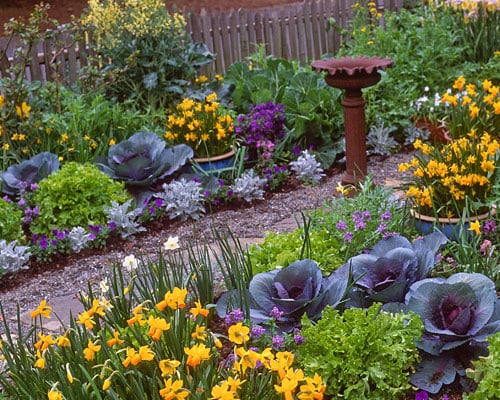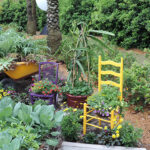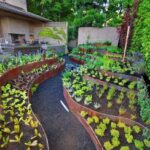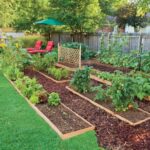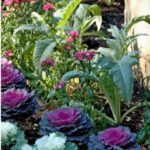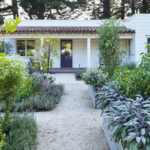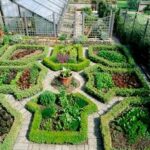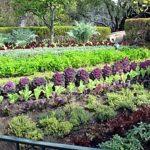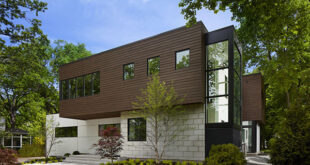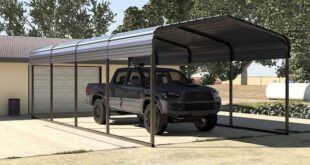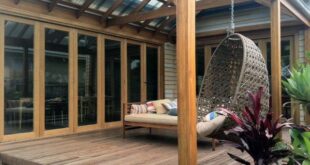Creating an edible landscape is a great way to combine the beauty of a traditional garden with the functionality of a vegetable garden. This unique approach to gardening allows you to grow a variety of fruits, vegetables, herbs, and edible flowers while creating a visually stunning outdoor space. If you’re interested in transforming your landscape into a bountiful edible garden, here are some tips to help you create a beautiful and functional edible landscape.
1. Plan and Design Your Edible Landscape
Before you start planting, it’s important to carefully plan and design your edible landscape. Consider the layout of your yard, the amount of sunlight each area receives, and any existing trees, shrubs, or structures that you want to work around. Create a rough sketch of your garden space and prioritize the areas where you want to plant your edibles. Think about how your garden will look throughout the year, considering seasonal changes in plant growth and harvest times.
2. Choose the Right Plants
When selecting plants for your edible landscape, choose a mix of fruits, vegetables, herbs, and edible flowers that will thrive in your climate and growing conditions. Consider the size of your garden space and the amount of maintenance you’re willing to put in. Some popular options for edible landscaping include tomatoes, peppers, strawberries, lettuce, basil, lavender, and nasturtiums. You can also incorporate edible trees and shrubs like blueberries, dwarf citrus, and figs for added variety.
3. Create Functional Zones
To maximize the functionality of your edible landscape, consider creating different zones within your garden based on plant type or growing conditions. For example, you could have a dedicated herb garden near your kitchen for easy access to fresh herbs while cooking. You could also create a fruit orchard area with a variety of fruit trees and shrubs, or a raised bed vegetable garden for annual crops. By organizing your garden into functional zones, you can better manage your plants and create a more efficient growing space.
4. Incorporate Aesthetic Features
In addition to planting a variety of edible plants, consider incorporating aesthetic features into your edible landscape to enhance its beauty. Add trellises, arbors, or pergolas for vertical interest and to support climbing plants like cucumbers or grapes. Include pathways, seating areas, and ornamental containers to create a welcoming and inviting outdoor space. You could also incorporate decorative elements like bird baths, garden statues, or colorful planters to add visual interest and create a more harmonious garden design.
5. Maintain Your Edible Landscape
As with any garden, proper maintenance is essential for keeping your edible landscape beautiful and productive. Regularly water, weed, and fertilize your plants to ensure they’re growing healthy and strong. Prune fruit trees and shrubs as needed to maintain their shape and promote fruit production. Harvest your crops when they’re ripe to encourage continuous growth and prevent overcrowding. By staying on top of maintenance tasks, you can enjoy a thriving and productive edible landscape year-round.
Creating a beautiful and functional edible landscape is a rewarding way to grow your own food while enhancing the beauty of your outdoor space. By carefully planning, choosing the right plants, creating functional zones, incorporating aesthetic features, and maintaining your garden, you can create a bountiful and visually stunning edible landscape that you’ll enjoy for years to come. So roll up your sleeves, grab your gardening tools, and start transforming your landscape into a fruitful and beautiful edible garden.
